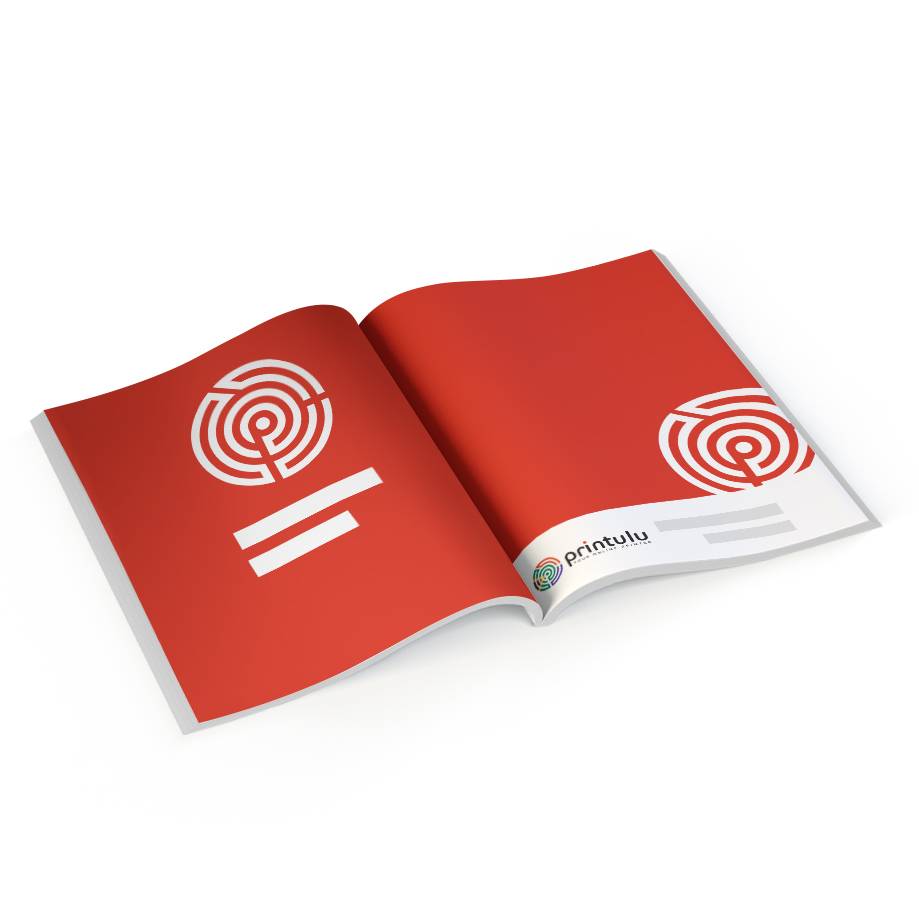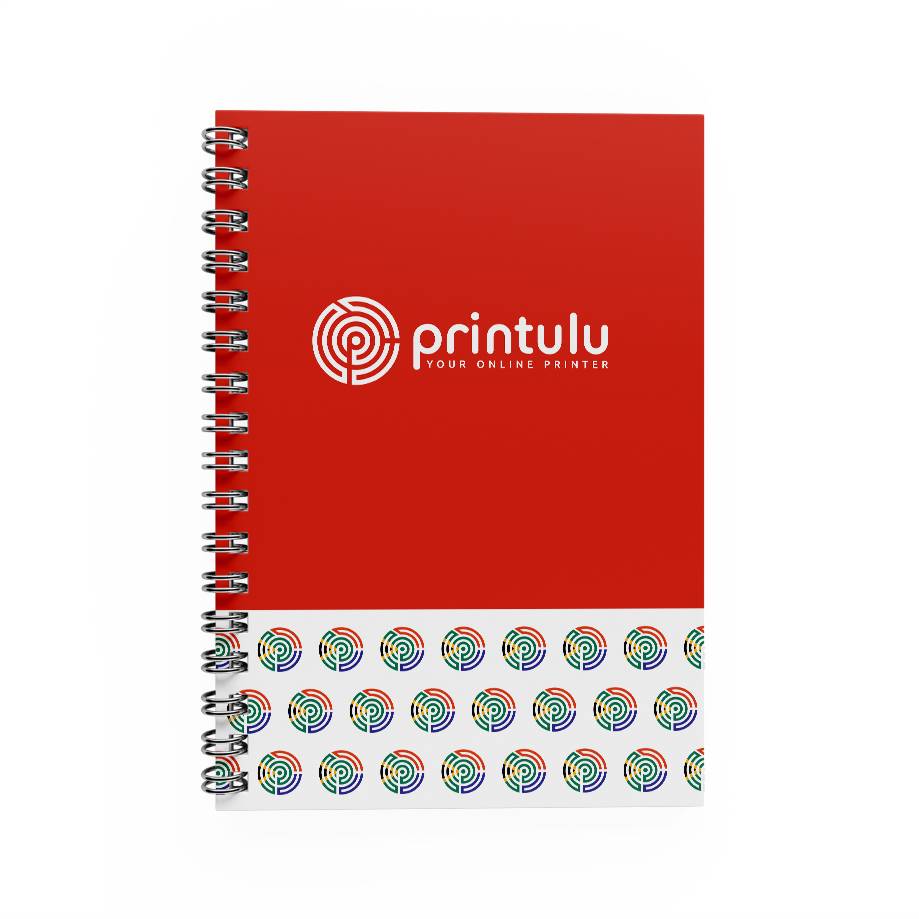You’re a business owner. And it may seem like a waste of money to hire someone to design your logo for you. After all, you have MS Paint. You have Photoshop, or something along those lines. Plus there are tons of free logo design templates, logo design ideas and logo design apps available. Why shouldn’t you DIY your logo and save the money for something else?
I hate to tell you this, but designing your own logo when you are not a professional designer is a terrible idea. And this is why.
The logo for your business is more than just a picture. It is almost always the first thing someone sees when interacting with your business. Making a good first impression could be the difference between obtaining a new customer or losing them to your competitor.
I am not doubting that you are quite artistic and have a creative side. Most people have a good eye for visuals. However, creating a logo takes much more than just knowledge of art and decent creative instincts.
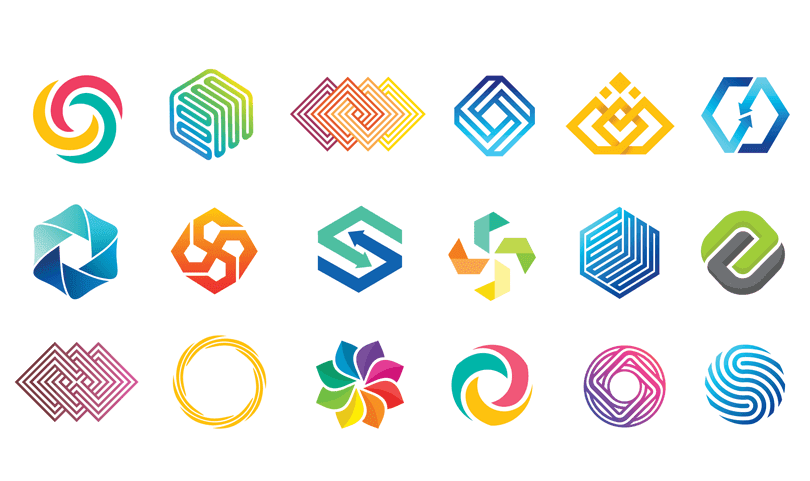
1. Good design is a result of educated choices
The design of your logo very much hinges on your industry, company message and core audience. It does not, contrary to popular belief, have anything to do with personal preference.
Without a cohesive brand narrative, prospects may be left feeling confused about your brand and what it is you do, and more importantly – can do for them. A simple decision like colour choice could impact the overall make-or-break effect of your brand. Do you like the colour blue? That’s great, but if you’re in the food industry, blue won’t always help you. For example, red is much better at evoking hunger in an audience.
Are you a cutting-edge tech company? Or a time-tested family-run business? Fun or serious? Informal or formal? Modern or vintage? Creative or regulation-oriented? This influences the design choices you need to make greatly. For example, in colour theory, orange represents “enthusiasm, fascination, happiness, creativity, determination, attraction, success, encouragement, and stimulation,” whereas blue represents “tranquility and calmness.”
Any designer worth their weight understands colour theory and, specifically, how it has the power to impact sales and marketing efforts. Designers can offer insight on which colours best match your business, and they can also offer feedback regarding how the colour will look in print and online.
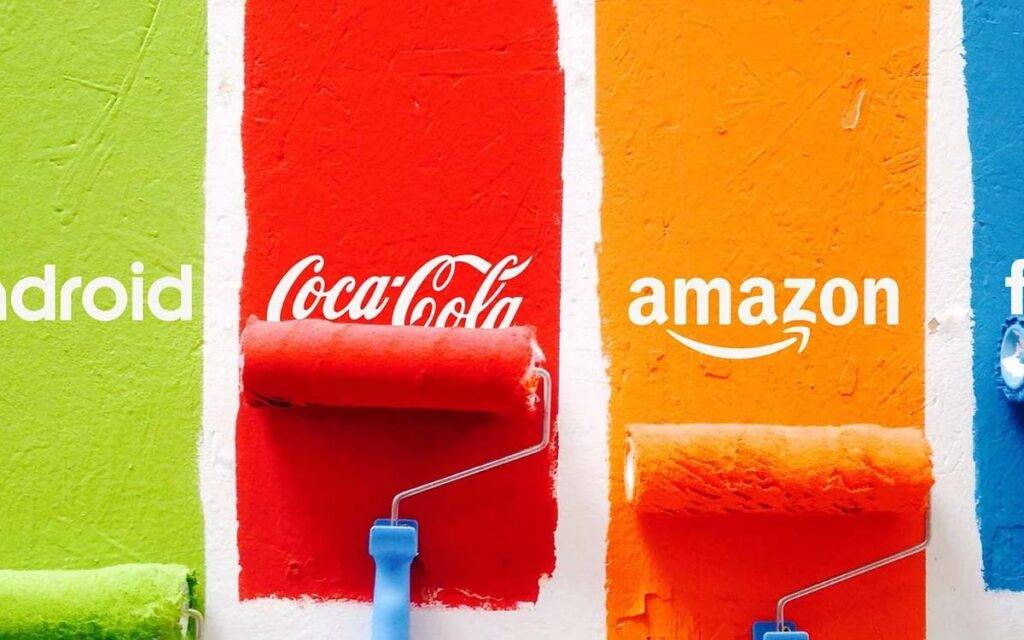
More facts about colour theory and marketing:
→ Between 62% and 90% of assessments are influenced by colour alone. Aesthetics play a large role in marketing. Consumers tend to be attracted to features that radiate positivity and seem beneficial to them.
→ 80% of consumers believe that colour enhances brand recognition.
→ Colour can help improve on 68% of learning, 73% of understanding, and 40% of reading. Colour can be used as a tool to remember a concept, or for organization.
→ 84% of consumers say colour is the main reason that influences them on buying a product.
2. Your logo design needs to be versatile across platforms
When it comes to DIY logos, the person designing them often forgets how important versatility is. In the beginning, you may only be using your logo on your website, however, what happens if you want to use it on a business card or signage? The logo format on a business card will be different than a logo on a Facebook cover photo. Each platform has a different requirement for sizes and formats.
What about the translation of colour between your screen and print? Your logo also always needs to have a black and white alternative that is still just as effective, for example when printing on a pen or diaries where you can typically only print in one colour.
A professional designer understands how important it is to create a versatile logo that can be used anywhere.
More often than not, cheap DIY logos are not sustainable for future use and create more hassles down the line. Most free logo design apps will only allow you to download the final version of your logo in JPG format, or if you’re lucky, a PDF format. Unfortunately, these files are always flattened and uneditable outside of the app or program you used originally. Need to get rid of the white background behind the logo? Sorry – you will need to pay a designer to fix that, or take an expensive graphic design course to learn how to do it yourself.
3. There is no room for personal preference in good logo design
It’s easy to become attached to a concept or idea. After all, it’s your business, and you are emotionally invested. However, many ideas, in theory, don’t work in real life. You may love an image, font or colour scheme. However, if it doesn’t clearly convey your brand – and if it doesn’t appeal to consumers – it’s ill-conceived.
Designers don’t become personally attached, so they see a bit more clearly. They will create something that appeals to the masses, rather than just to you.
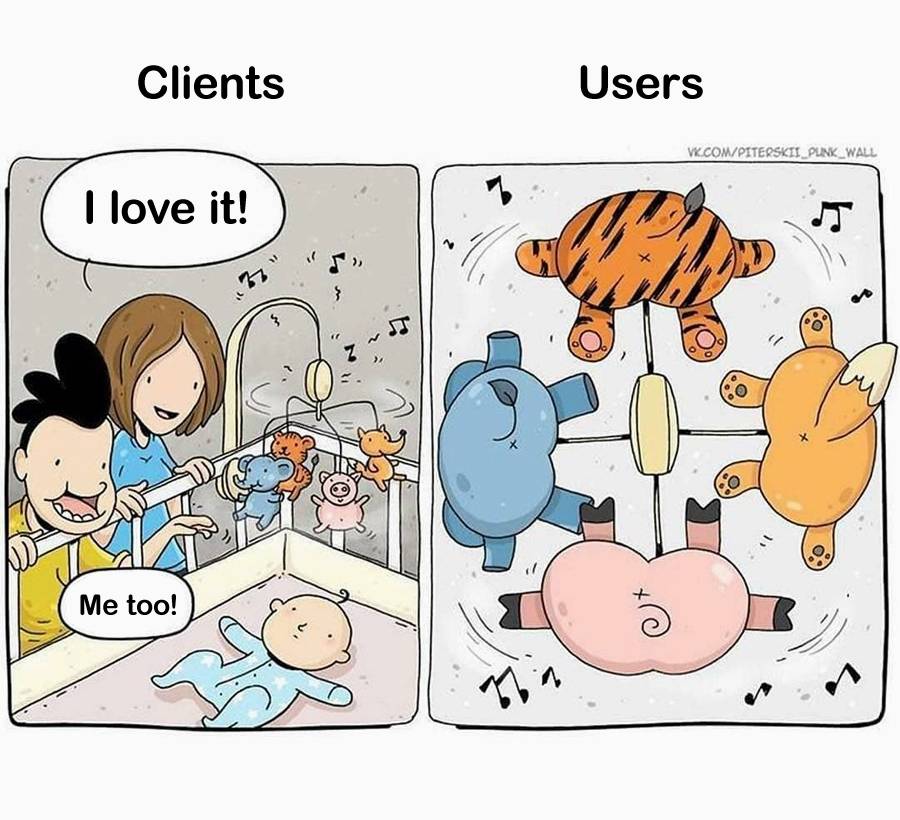
More facts about amateur vs professional designs:
→ Amateurs use templates while professional designers have creative freedom. There are more creative options with little to no restrictions.
→ Amateurs have a low success rate of only 2%.
4. Logo design apps don’t cut it
There are many different software types to play around with if you design your own logo. The most well known of which is the Adobe Creative Suite. A simple Google search will show you tons of free logo maker apps online. But at the end of the day an amateur’s work can’t amount to a designer with professional training.
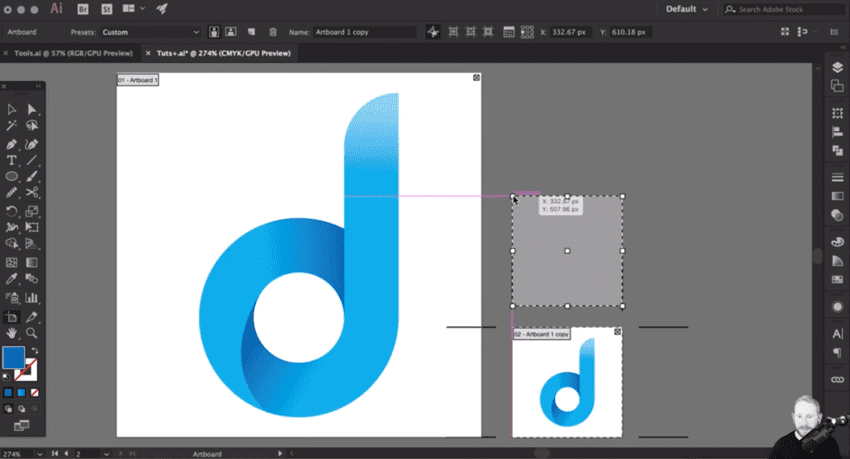
More facts about graphic design software:
→ Access to professional software types like Illustrator, Photoshop and InDesign are hard to obtain and use. These tools are difficult to navigate around. So, no amount of tutorials will defeat the work of a professional graphic designer in Adobe Illustrator.
→ 74% of websites are created by professionals and only 3% are from amateurs who use the DIY method. Leads heavily rely on an interactive landing page. Designers will take into account the user experience aspect of the projects and make your site engaging. So, it will be hard to imitate the work and strategy of professionals who have been trained for years.
The bottom line
Everybody wants to save money. However, DIYing your logo creation is probably not the best way to save a buck. It’s just too important to your brand. P.S. Did you know that Printulu offers logo design services for only R750 per logo (excluding VAT)? This price includes 3 drafts and a final, versatile vector format file.


